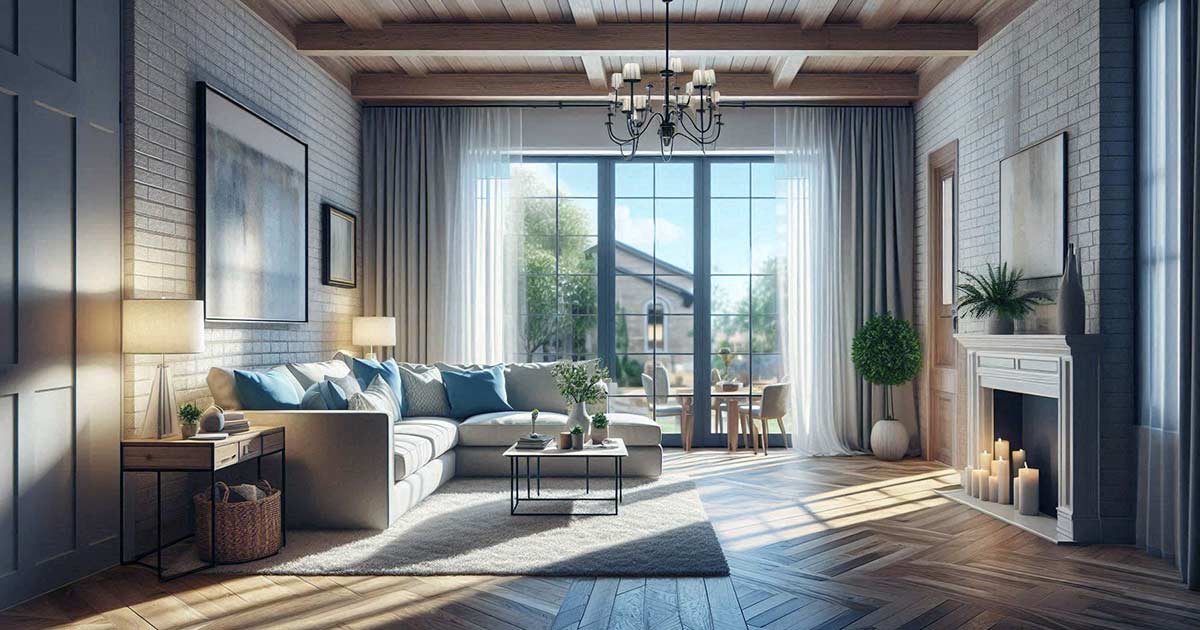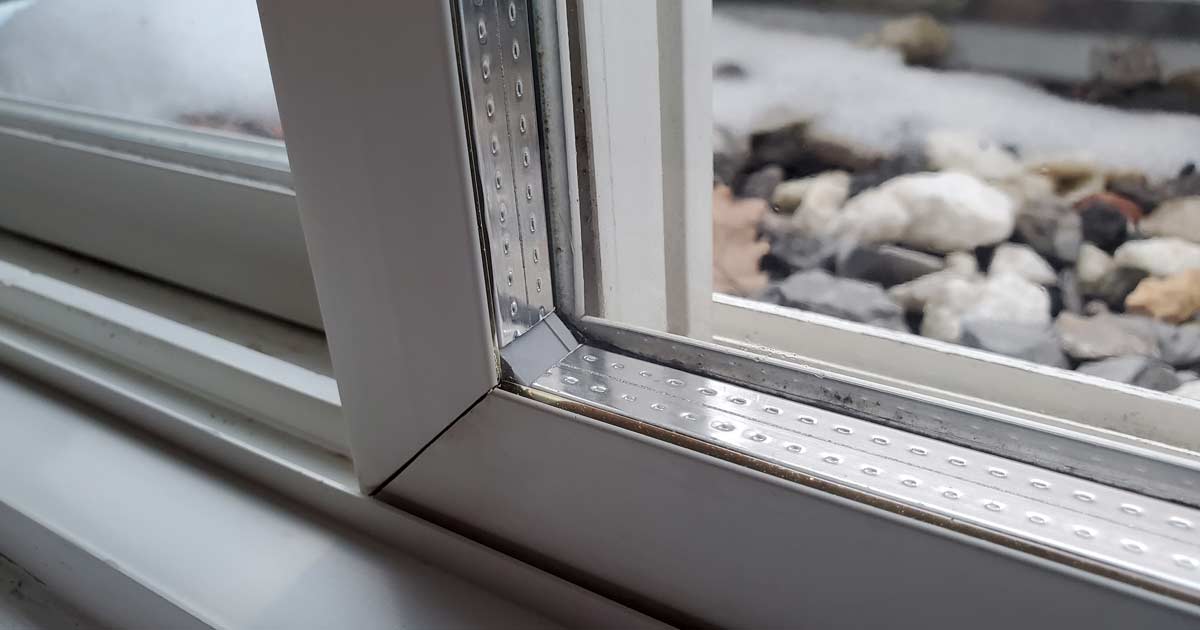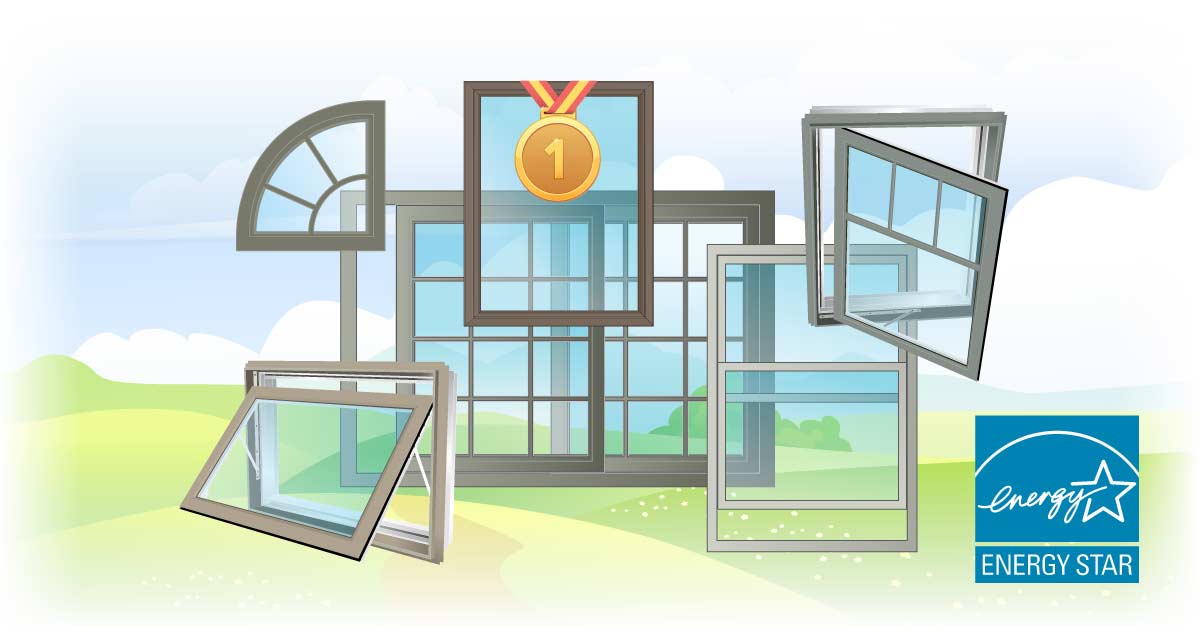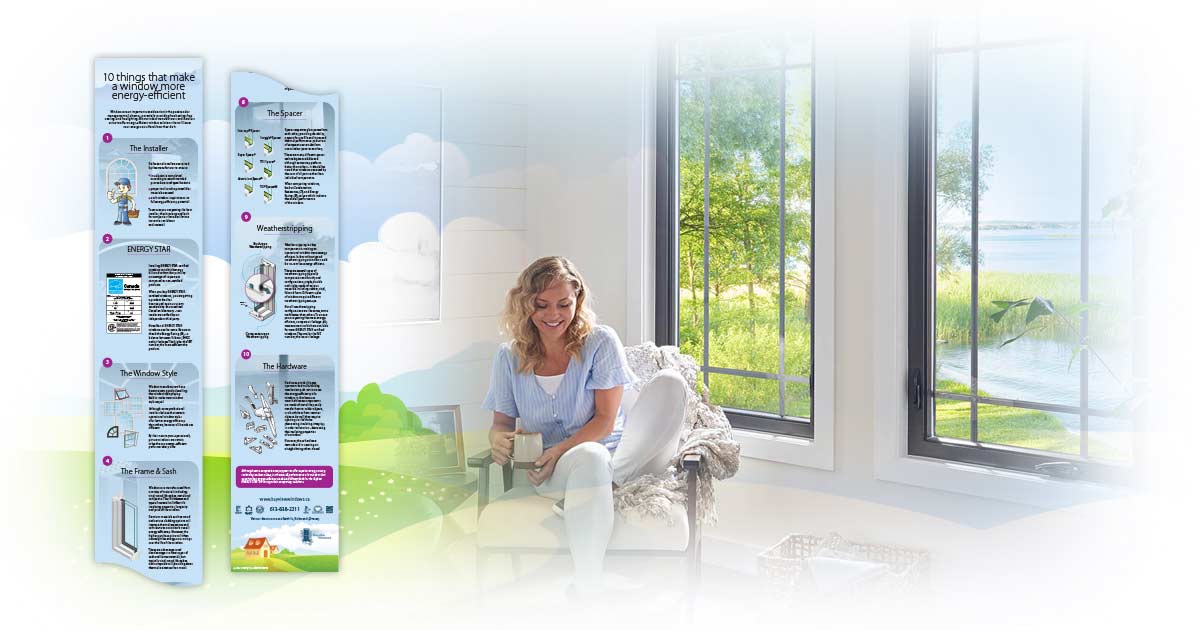Insights > Article > Posted: 2025-Mar-20, Updated: 2025-Mar-31
Window Technology
Fighting the Climate
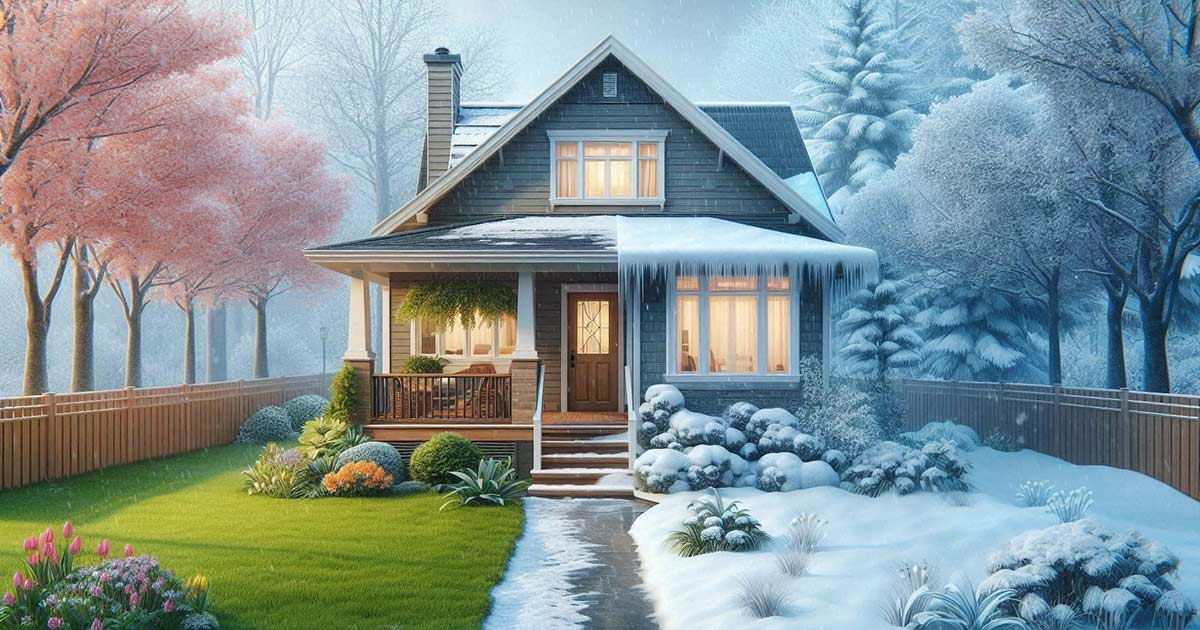
Windows are an important element in the passive solar management of your home, potentially providing heating, cooling, and lighting. How efficiently they do this can have a profound effect on your home energy costs. There are a lot of things a window manufacturer can do to make windows more efficient, but it's up to you to decide which ones are worth the cost.
The prime window performance goal held by many window manufacturers today is to create a window that will maximize solar heat gain in the winter and minimize it in the summer, thus decreasing the annual cost of heating, cooling, and electricity in a home.
If you are replacing older windows in your home or building a new home, use the opportunity to maximize the energy-saving efficiency with your new windows.
Below you will find options being developed, refined, and offered by window manufacturers and window installers to make your home an energy fighter.
Installation
Professional installation is crucial for maximizing energy efficiency. Trained installers follow manufacturer recommendations to ensure a perfect seal, preventing air leaks and water damage. By choosing the proper brick mould, fills, caulking, and insulating materials, professional window installers ensure that window frames are sealed from air leaks as well as potential water issues both inside and outside of the home.
Glass
Advancements in window technology have taken pane (glass) selection for the home to a whole new level, providing options and solutions that can be applied on a per-room basis. Although not all manufacturers offer the same options, glass can be ordered in various thicknesses, tints, coatings, and strengths that may contribute to overall window efficiency depending on what is used and what level of sun exposure it faces.
Low Emissivity Glass (Low-E/LoE) has a special microscopically thin layer of silver applied to the surface which acts to reduce the amount of heat that can flow through the glass itself. It reflects heat in both directions keeping heat out in the summer and in during the winter. It is available in several configurations to produce the desired balance between solar gain, light transmittance, and UV blocking.
Glazing (glass panes)
Window glazing refers to the glass framed within a window (IGU’s - insulated glass units). In Canada, double-glazed glass is pretty much the standard, but triple-glazed windows are also available. The more layers of glass, the higher the thermal insulation factor (R-value), which can save money on energy costs. Not all insulated glass windows are created equal, so be sure to compare ratings.
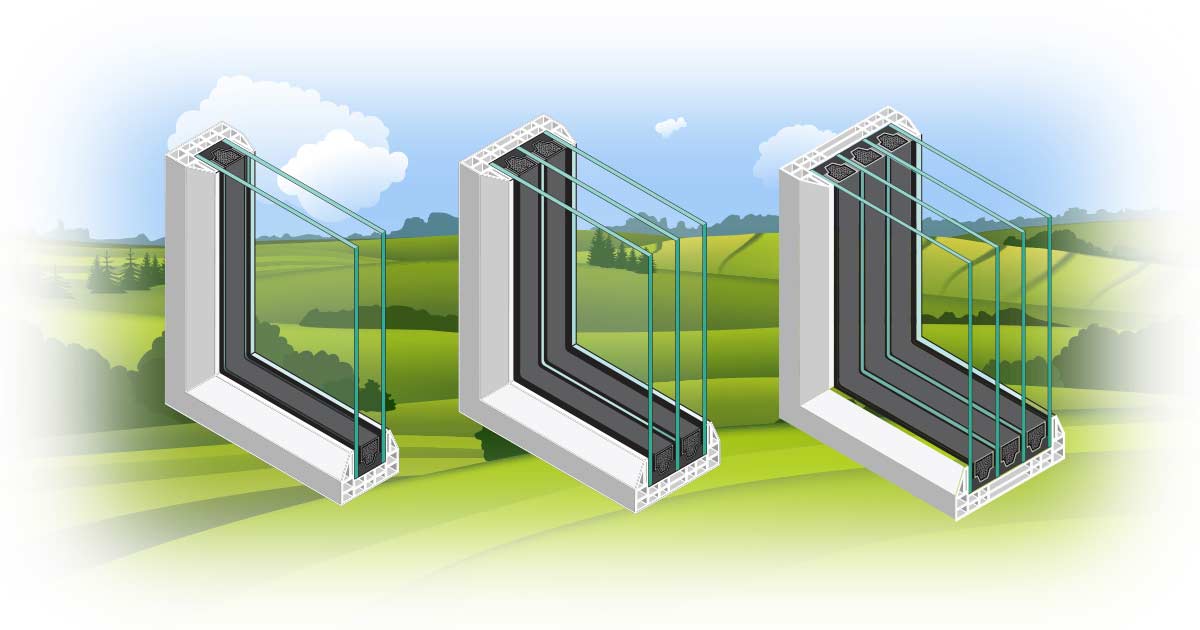
Warm edge spacers
Spacers separate panes of glass. Different spacer technologies are used by different manufacturers, and many companies claim to have a superior solution. Typically, older technologies utilize metal spacers that conduct heat and can encourage the formation of condensation (year-round) and ice crystals (winter). Newer spacer technologies focus on providing durability, gas retention, and thermal performance, with the goal of keeping the edges of the window glass warmer inside the home through the reduction of heat transfer. When comparing windows, look at CR values and the overall performance of the window.
Gas
To increase the insulation of a window, inert gases such as Argon and Krypton are used to fill the spaces between glass panes. These odourless, colourless, non-toxic gasses are less conductive than air, reducing heat transfer (lowering the U-factor) and improving the performance of the glazing.
Argon is the more widely used gas as it is readily available and much less expensive than krypton. Krypton is typically used for applications where the total glazing unit thickness must be minimized. In combination, these gasses along with Low-E coatings will quickly yield energy savings exceeding their cost.
Tinting
Tinted glass (grey, green, bronze & blue) is produced by adding metal oxides to float glass (untreated glass) during manufacture. Tinted glass absorbs and re-radiates light and solar energy, reducing heat, brightness, and glare inside your home in the summer. However, there is no passive solar heating gain in the winter, so tinted windows do not officially score points as an energy-efficient solution and are rated the same as non-tinted windows.
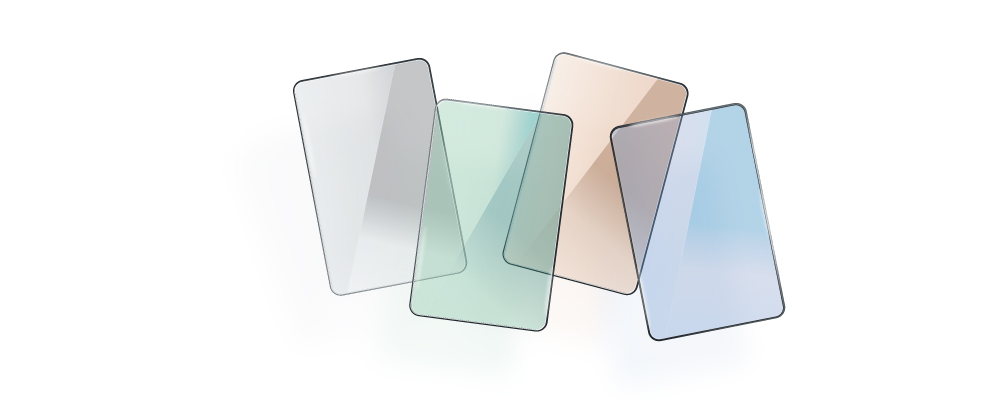
Dynamic performing windows
Dynamic windows are available from most manufacturers. They contain integrated insulating blinds that can be used to reduce heat loss in winter (open) and solar gain in summer (closed).
Smart windows
On the cutting edge of window technology, and offered by some manufacturers at a premium cost, smart windows have special coatings that react to natural light levels by increasing reflection or darkening, or both. This smart function can be activated manually or programmed to control heat gain, and lighting, and add privacy. ENERGY STAR qualified smart products are available but are qualified based on ratings achieved without using the smart features.
Framing materials
Windows are available in several materials to meet consumer requirements, offering a range of costs, colour flexibility, durability, style, energy efficiency, and comfort. Not all windows within each category are made the same, essentially, you get what you pay for. Typical framing and sash materials include:
- Wood
- Wood vinyl clad
- Wood aluminium clad
- Vinyl aluminium clad
- Aluminium
- Vinyl or fibreglass
There are high-end and low-end products for each material, so be sure to compare warranties and energy-efficiency rating specifications.
ENERGY STAR Technical Specifications - (NRC)
Hardware
Although the hardware does not affect energy efficiency itself, manufacturers are continually looking for ways to make their windows more energy efficient. Recent developments include multi-locking mechanisms that provide higher security and an improved airtight fitting when closed.
Window style
Window manufacturers work hard to make windows more energy-efficient, but some window styles lend themselves to better energy performance. Some operating and fixed window styles have lower air leakage than others. Note: The type of glass should also be considered when high-energy cost savings are a concern and some manufacturers have narrowed the gap difference between window types.
Window types below are listed in order of most energy-efficient (top) to least energy-efficient (bottom):
- Picture and shaped fixed windows - Fixed panes don’t open and when installed properly are the most airtight and economical window type
- Casement windows - Hinged at the sides casements generally have low air leakage rates because the sash closes tightly against weatherstripping and the frame. Some manufacturers utilize multi-locking windows which perform better than single-locking windows, as the window sash contacts the weather stripping more tightly at the top and bottom
- Awning windows - Hinged at the top, opening outward, awning windows typically use a single locking mechanism that is in the bottom centre of the sash and although the seal is usually tight, the contact at the sides is not as tightly sealed as the bottom
- Single-hung and double-hung windows - These windows typically have a higher air leakage rate than fixed, casement and awning windows. Single-hung (Only the bottom sash slides upward) windows are more efficient than double-hung (both sashes slide vertically) windows
- Single-slider (only one sash slides horizontally) and double-sliding (both sashes slide horizontally) - These windows are generally considered the least airtight and least energy-efficient windows, especially when configured with more than 2 windows
Related articles
Need more information?
Talk to your sales representative. A good knowledgeable sales representative is trained to provide the window manufacturer with the proper replacement window dimensions and client requirements so that the window installer can optimize window efficiency at installation. Not only that but they are trained to help you choose optimal window solutions that help you find a balance between in-your-home comfort and window efficiency.
If you would like to know more, give us a call or send us a request for more information. We’d be happy to address all of your questions or concerns.
Fighting the Climate
Battling the Sun
INFOGRAPHIC
Understanding Causes
Why Take it Seriously?
How to Prevent
Year-round Semblance
New Window Fix?
Try Our Dewpoint Calculator
Humidity/Temp. Guidelines

